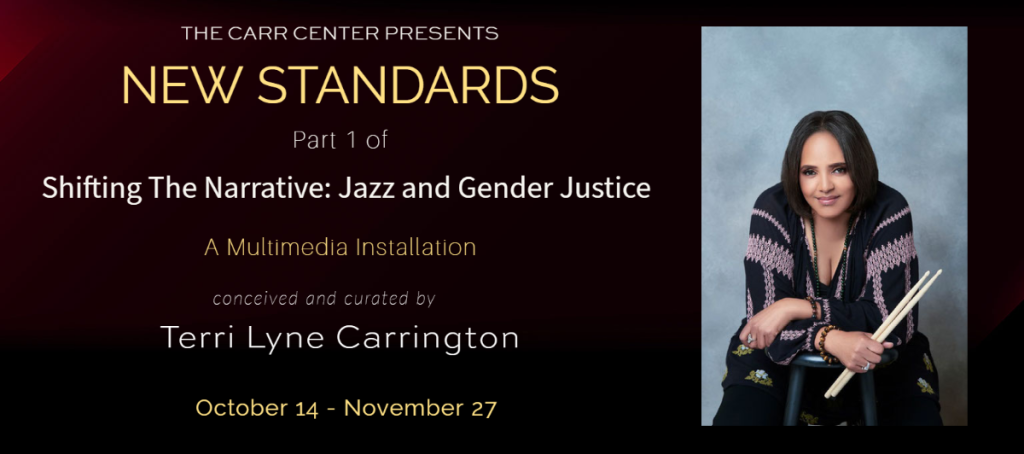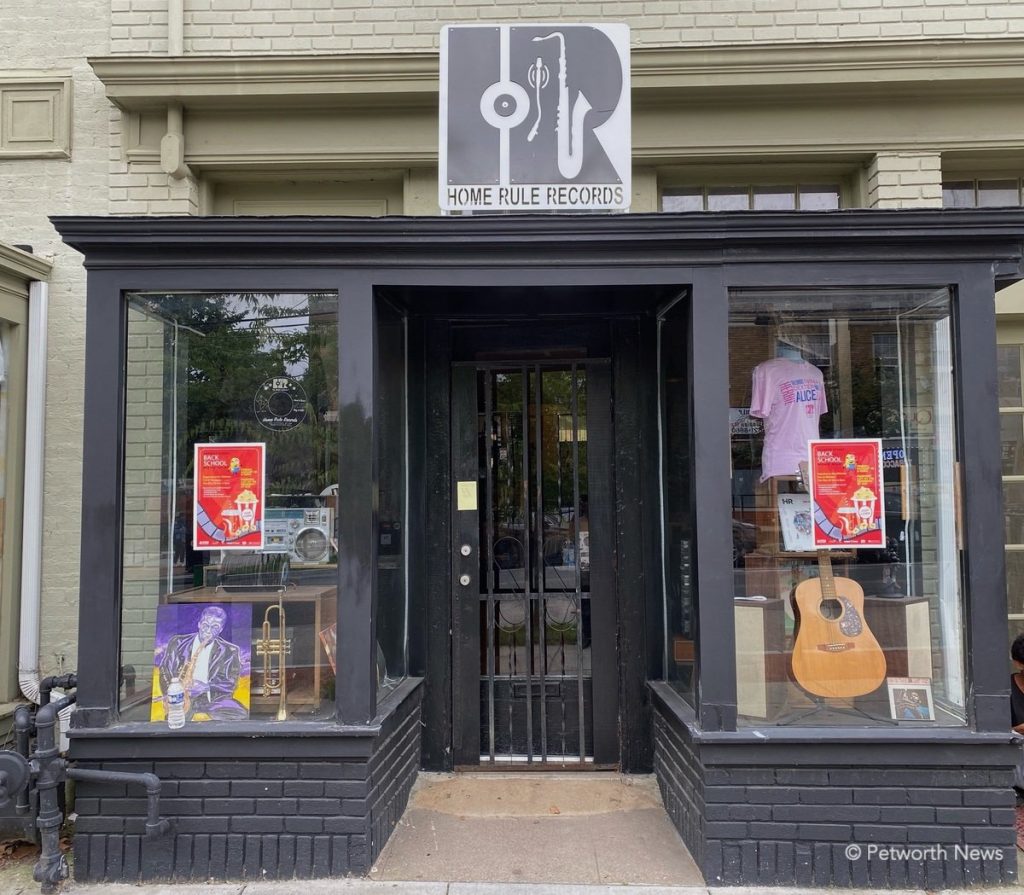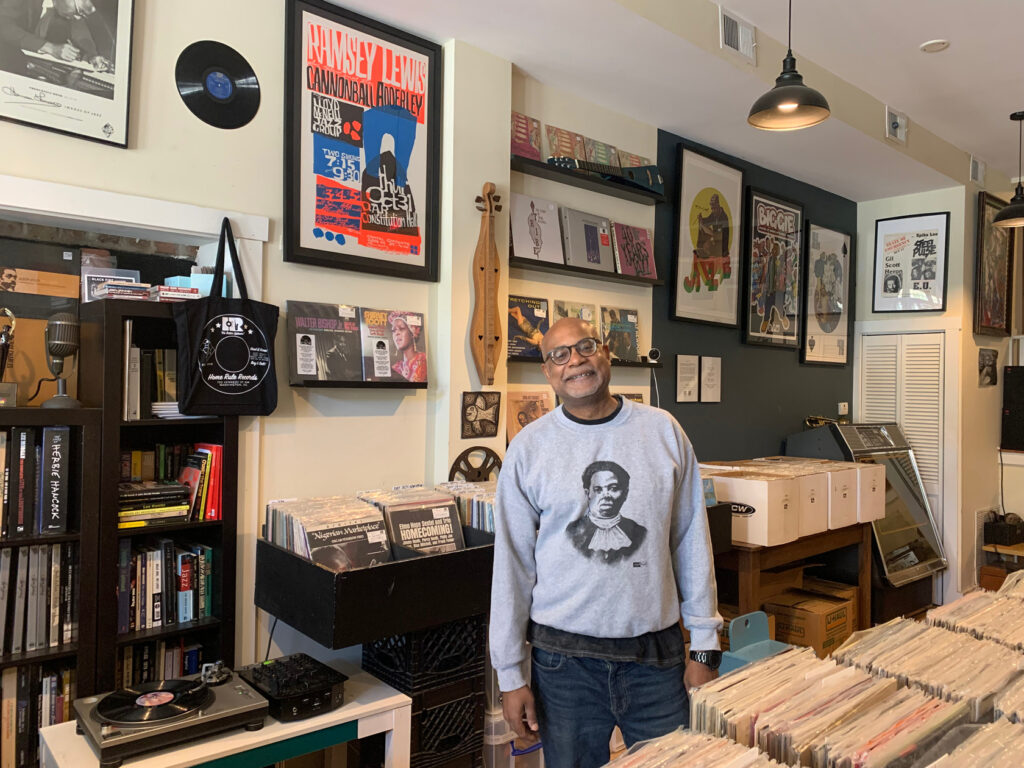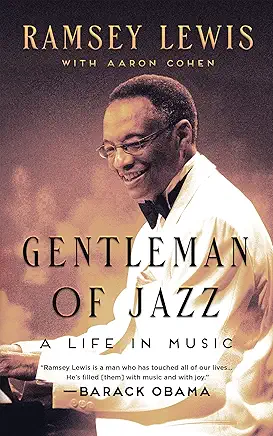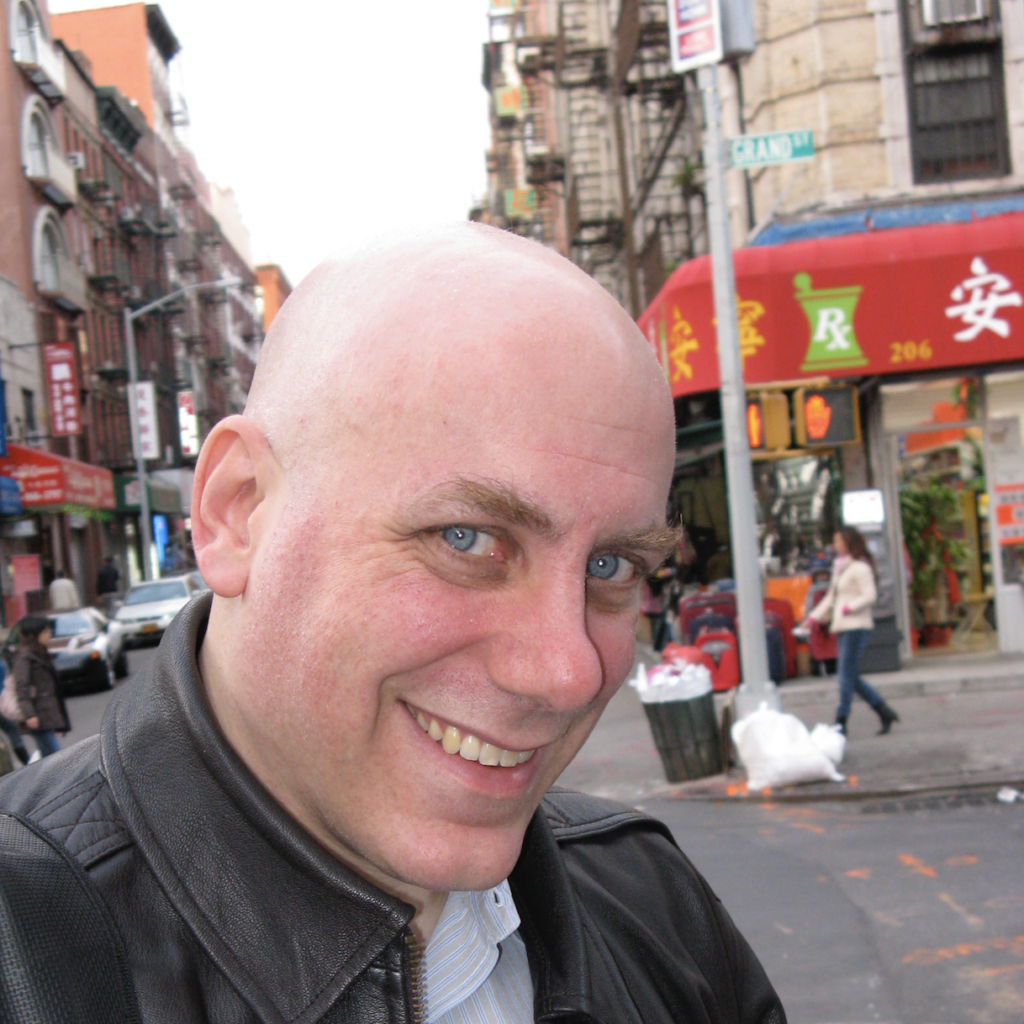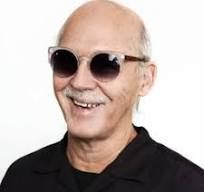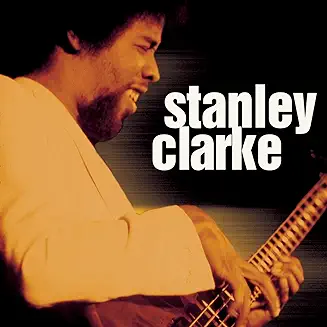
At least up until the weather gods intruded upon the National Weather Service with lightening advisories, one of the more eagerly-anticipated sets on our schedule for DC JazzFest 2024 was our slated Saturday evening closing set with NEA Jazz Master bassist Stanley Clarke N4Ever. Unfortunately our outdoor venue at The Wharf on the banks of the mighty Potomac River couldn’t stand up to those dire weather advisories and we had no choice but to shut down both our District Pier and Transit Pier stages.
Luckily that weather shutdown did compel significant numbers of DCJF patrons to flock over to our indoor festival venue at Arena Stage to experience a deeply thrilling set by Carmen Lundy. Fortunately, earlier that Saturday I had an opportunity to sit down with Stanley Clarke for one of the festival’s Meet The Artist programs. Our conversation started with a query on exactly what compelled Stanley to play the bass as a young man coming up in Philadelphia.
Stanley Clarke: The bass is a misunderstood instrument still. But where it came from when I started in the late 60s, and the guys that came before me, [the bass] has come a long way – a whole paradigm shift. When I came up there were maybe 3 bass players that had records [as leaders]. Now there’s thousands of bass players that have records. I can’t say they’re all good, but there are a lot of bass players…
For me it was a goal of mine in life not to necessarily liberate the bass, but to sort of break the idea that you have to be attached to an instrument. Like if you sit at a piano and wear some glasses, someone says … ‘you’re the smartest guy…’ It’s not true! You can [be playing] a rubber band and be a genius. If you go to Senegal right on the continent you see people playing anything… geniuses playing serious rhythms, serious phraseology… It’s not the instrument, it’s what comes from here, here and up here [taps his gut, heart, and head] that comes out. These instruments are just physical objects.
Originally this Meet The Artist session was slated to be a live DownBeat Magazine Blindfold Test, but it seems Stanley Clarke was fated to encounter a raft of impediments on this particular day as audio technical difficulties intruded on the BFT segment of our interview session. One particular selection that we were able to experience during the interview was a piece from DC Jazz Festival 2024/2025 artist-in-residence, DC native – and Duke Ellington School for the Arts graduate among his other achievements – bassist-bandleader Corcoran Holt. We played the piece “Raven’s Wing” from Corcoran’s most recent release as a leader, The Mecca (CD Baby).
Stanley Clarke: I like that record. The first thing I noticed was the bass… nice stuff, very creative! He’s playing up in the upper register. It would have been nice if he or she would have played a solo first. I liked that one; loved the riff he’s playing on the bass… and the sound was good, really good actually! It was fresh, it sounded new… That’s important too. I think musicians sometimes when they’re young, they feel like they have to copy something, and you really don’t have to… you have to study!
Miles Davis said sometimes it takes a long time to find yourself. It doesn’t have to take that long if someone acknowledges you and tells you it’s OK to be yourself, you don’t have to sound like Stanley Clarke, Ron Carter, Jaco Pastorius, or whoever – you can be yourself, and this guy [Corcoran Holt] is nice!
Another selection we played for Stanley came from the legendary Cuban bass master Cachao.
Stanley Clarke: I actually met Cachao, that was a highlight of my life! Cachao pretty much invented Latin bass lines. He’s a real big influence on me. There’s an actor named Andy Garcia who had a party for Cachao on his 80-something birthday and I went to the party to see him. I had no idea Cachao even knw anything about me. I was very humble when I went up to him. I said ‘hey man, how ‘ya doin’?’ He looked up at me and he goes… ‘ah, loco… [crazy]!’ So we hung out, he was great, amazing player.
I’ve tried a lot to get him in bass player magazines, to do an article on him because he’s just as important as Charlie Mingus or any of the guys. I saw [Cachao] play with a full orchestra, with a singer, dancers and everything. What I liked about him is he plays the acoustic bass, he didn’t have a baby bass.
He started out with a bow and he started playing, building it up… Then he hit a riff and the orchestra came in and everybody came on the dance floor. That’s the other thing I liked, it was a real communal thing. Everybody came out and danced and it was incredible, he was killin’! Cachao… yeah, that was a good one!
How much are you influenced by changes n our musical tastes? How much does that influence your playing?
SC: I’d say the older I get… my influences come from other places now. My influences come from my family and friends, and things that I see… I spent a long time writing music for films. I’ve written music for about 85 films, and what happens when you’re a film composer and say you’re writing an orchestral score… I’ll give you an example: one of the scores I did was for the Tina Turner movie, What’s Love Got to Do With It and they wanted an orchestral score. I watched the movie footage, and I knew Tina, but it’s funny, all the years I knew her I never knew all the pain she went through! I just knew there was Tina Turner!
I had a couple of friends in that film – Larry Fishburne, and Angela Bassett who I worked with on Boyz ‘n The Hood. I was talking with them on the set [of the Tina Turner film]. Tina didn’t want to come to the set, and I understood because I didn’t know the back story. The score was written about the pain, the sorrow, the joy… all that kind of stuff. But I can’t say that I was influenced [by those elements of life]. For me, influence is something you see or take from somebody. Because I’m a composer and I write from how I feel and how I see things, then that’s an influence. But sometimes I’ll take things and they come through me and it’s brief.
When you’re a film composer you cannot get hung up on anything. I did [What’s Love Got to Do With It] and I think shortly after that I [scored] a two-hour television special with Angela Lansbury for Murder She Wrote – a completely different thing. And so that came out and what was interesting about that was it was a show that required Celtic music!
The producers liked me, [Angela Lansbury] liked me… It was all Celtic music and I didn’t know anything about that. She said the best thing to me, she said “you’re a composer, right?” I said “…yeah”… and she said “…there’s a library…” [laughs]. And I went there and listened to all the Celtic music and in a real serendipitous way there was a woman who lived in this city I lived in, which is out in Topanga, a mountain town right off of Malibu, and she was one of the foremost Celtic singers. She came by the house, we recorded it and it was a great experience!
So yeah, I got influenced by that for a moment, but I haven’t made a Celtic record. That would be deep [audience and Stanley laugh]! But I do like some of that stuff. Music and art is very interesting. You can have influences, things that come to you and then go right away. But I think that a little piece of it stays with you and sometimes some artist will say ‘I feel very rich in what I do.’
In my 73 years I’ve experienced a lot of music, I’ve played with a lot of musicians… Just my time with Chick Corea… This guy was one of the most prolific composers of our time – a Great American composer, and all that music is in me. I have memories of it, and so yeah influence is an interesting word! For me, it’s having all these fine jewels and gold…
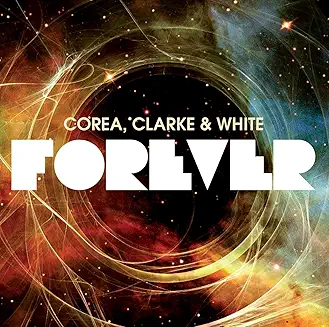
For his Stanley Clarke N4Ever band Clarke is decidedly at the helm of a young crew of next gen musicians.
SC: They’re all under 30! I have a great memory of when I was 18 years old I played with Horace Silver, then I went to play with Dexter Gordon, Stan Getz, and all those guys. They didn’t have to be nice to me! It’s kind of like I came on the scene, I play bass, guys pay me… I wasn’t expecting much more than that.
For me, I wanted to learn from those guys, but they were all… Art Blakey was another one… but they were all very, very nice to me. And what I learned from them – the good ones and the bad ones – and I bring that with me [as a bandleader].
I remember one time I was playing with Dizzy Gillespie at the Hollywood Bowl and one of the things he said to me was that you can’t count on the radio or press or people to move our music forward – you have to pass it down, and so it goes to the youth. So I make a point of doing that because nothing will change that because I know that the guys I mentor are going to take those lessons – good and bad – forward. And that’s how our music travels. So I have no worries about – you wanna call it jazz or whatever – improvised music. The term jazz, as we move through life on this planet, has become more and more of an undefined term. Like some people say ‘this is jazz, that’s jazz’… The common denominator that goes through all these different musics is improvisation and the spirit of play.
We have people – a guy playing with a drummer and he’s looking, and they’re jammin’… you don’t get that in pop music or hip hop music… and there’s nothing wrong with what they’re doing. But this music… it has [improvisation] and it goes through to the youth, and that’s all I do now; it’s great and I love it!
I come from a family of artists. My mother paints, my daughter is a painter… I really understand how when you have hard times, and maybe there’s a song that gets you through it… You know what’s beautiful about art… What I’ve found out in my short life, is that art is the only… whether its music, literature, painting or even the newer forms of art that come through the digital platform… the beautiful thing is that when it’s really art, it’s good art and it’s positive, it reminds all of us who we really are, and that has nothing o do with your title – whether you’re president of this or whatever… you’re this famous guy or… you’re homeless, or whatever. Music, art, literature, the good stuff is like a laser beam and it cuts through all of the stuff to you… you always stay young that way. Trust me, just keep listening.
[An audience member asks Stanley about his bass guitar, and reminds Stanley about a mutual friend of theirs who is a bass maker.]
I’ll tell you a story about that bass. I’m in this club – me and Chick and Lenny White… just at the beginning of the second Return to Forever, right before Al DiMeola, when we went electric. So I’m in this club and I’m playing a Gibson, one of those kind of fat body basses. So this little guy comes in, he says “you sound nice, but your sound is like shit [audience laughs]. So I’m looking at this guy, Lenny White is looking at this guy… So he has this bass with him. He says “…you should try this bass.” And it was really like the first bass where you could play this FM technology, where you could play the top of the bass, you could play chords on the bass. A lot of my tunes, like “School Days,” would have chords, but you could never do that on other basses. So I played this bass and people in the audience literally came backstage and said ‘What the hell was that?”
This bass was a real piece of art – the woodwork was beautiful, it was really natural… So Lenny and Chick said ‘we can’t let this guy go with that bass!’ He said, ‘man this is one of our prototypes, this cost me $1600.’ Back in those days $1600 was like $5,000 today! Do you know we had a collection… we got $1600, handed it to this guy Rick and shoved him out the door… True story!



